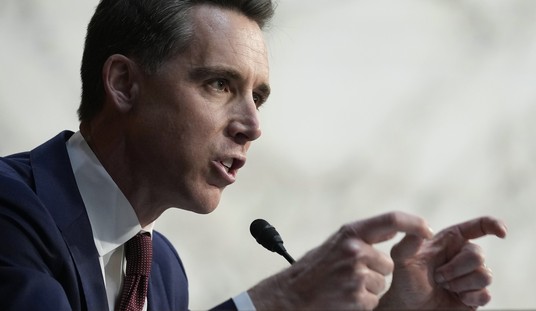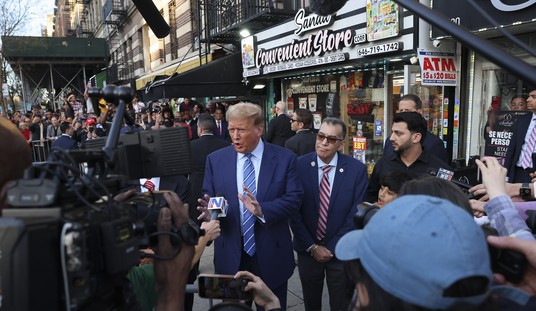America needs to invest more financial resources to help address a looming shortage of college graduates needed for the high-tech economy of tomorrow. Or do we?
Arizona Governor Janet Napolitano, current chair of the National Governor’s Association, used her 2008 State of the State address to call for doubling the number of college graduates in Arizona by 2020. Napolitano proposed paying the tuition for students who graduate high school with a B average to accomplish this goal.
“We must recognize that higher education is something that all Arizona children will need to succeed,” stated Governor Napolitano.
In the Carnegie Foundation’s publication Change, Paul Barton wrote that the notion that the U.S. has a dire need for an ever increasing number of college graduates is a myth. “Confusion about the demand for college graduates runs throughout discussions of national workforce needs,” Barton wrote.
According to Bureau of Labor Statistics data, only 29 percent of all jobs actually required a degree in 2004. The Bureau projects that of the top ten occupations with the largest growth from 2004 to 2014, seventy percent won’t require a college education.
Interestingly, the U.S. Department of Education's National Education Longitudinal Study reports that 40 percent of its sample attained a two- or four-year degree or higher. Therefore, many people with college degrees have jobs that don’t require them. So it really might be true when your cabbie says he has a Ph.D.
Barton’s clear-eyed presentation of the data reveals a job market far more complex than simply an unmet demand for college-educated job applicants. For example, proponents of greater higher education funding often point to an increasing wage gap between the college educated and those who aren’t.
Recommended
Barton, however, notes that the wage gap is due largely to the falling earnings of high-school graduates and dropouts rather than to higher earnings for college graduates.
While governors around the country call for more public spending so more people will have college degrees, no one seems to have noticed just how poor many universities actually perform in graduating students. The National Center for Education Statistics lists Arizona State’s four year graduation rate as 28 percent, the University of Arizona at 30 and Northern Arizona University at 27. The six year graduation rates for these three schools stand at 56%, 56% and 47% respectively.
Furthermore, a growing and alarming body of research raises questions about what students are actually learning in college. For example, the American Institutes for Research recently assessed the literacy of 1,800 graduating seniors from 80 randomly selected two- and four-year colleges. The Institute found that more than 50 percent of students at four-year colleges can’t do a basic task like summarize the arguments in a newspaper editorial.
The crisis in our public universities is effectiveness, not affordability. They need competition, not new subsidies. The Arizona legislature created a higher education voucher program, called the Private Postsecondary Education Student Financial Assistance Program, in 2006 in an attempt to do just that. Colorado also has a voucher system in place for its college students.
Arizona’s higher education voucher program helps students pay for private colleges and technical training schools, which often have far higher graduation rates than the public colleges and universities. The program also costs less than the state’s public universities. Because no good deed goes unpunished, Governor Napolitano recommended that the Arizona legislature cut funding for the voucher program.
Our country’s higher education policy needs to return to first principles. Students enjoy the primary benefits of a college education, not taxpayers. Students should therefore have financial skin in the game.
Today’s higher education scene includes out of control costs, questionable and declining value, lack of focus on teaching over research, and a general lack of transparency. We need to fix the system, not throw good money after bad.

























Join the conversation as a VIP Member